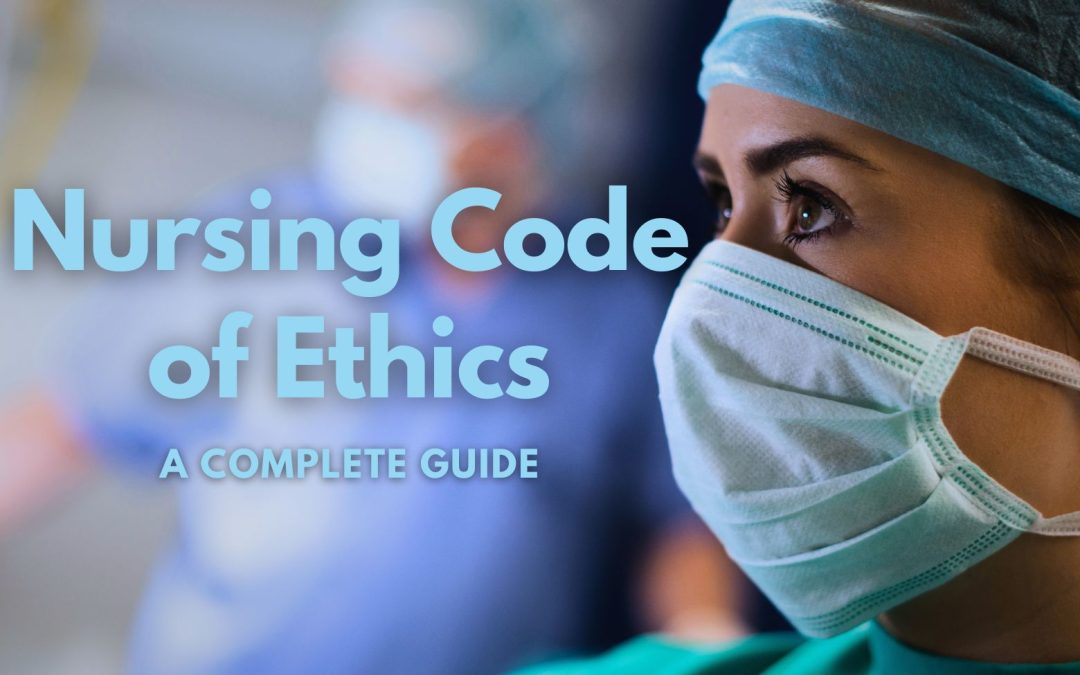ESI vs Other Models
How can a new triage nurse benefit from understanding how comparable triage systems function? Unlike ESI, other triage models focus on time not resources. For example:
CTAs
The Canadian Triage and Acuity Scale (CTAS) uses time in the following manner.
- Triage level 1: resuscitation – time to physician immediate
- Triage level 2: emergent – time to physician ≤ 15 min
- Triage level 3: urgent – time to physician ≤ 30 min
- Triage level 4: less urgent – time to physician ≤ 1 hour
- Triage level 5: non-urgent Time to physician ≤ 2 hour
ATS
The Australasian Triage System (ATS) defines categories through physiological predictors such as airway, breathing, circulation, and overall disability to determine the maximum ideal waiting time for treatment. This is time to treatment, not time to a physician.
- Triage level 1: immediate
- Triage level 2: 10 minutes
- Triage level 3: 30 minutes
- Triage level 4: 60 minutes
- Triage level 5: 120 minutes
Only the ATS and CTAS models use the duration of time from waiting room to patient examination as a component of acuity. The ESI model does not specify time as a metric, which identified in the earlier paragraphs for triage level 1and level 2, are self-declaring categories.
Yet within ED metrics, time is an essential measurement including:
- Door-to-doctor time
- Door-to-room time (An average ED will be about 25 minutes)
- Door-to-PCI (Cath lab) within 90 minutes
- Door-to-disposition
Countless factors influence treatment and wait times, including patient ratios and number of patients to beds. Time to doctor and time to treatment are different. The patient population of your local hospital may vary from a larger academic medical center with complex patients. Using time as a metric for the unexperienced nurse may be helpful.
To mitigate risk and ease overcrowding, new triage models have a high-level provider screening patients with the triage nurse the patient’s arrival. The provider, often an attending physician, will order initial labs and imaging if warranted. Again, this is not treatment. It first-look ordering by a physician.










